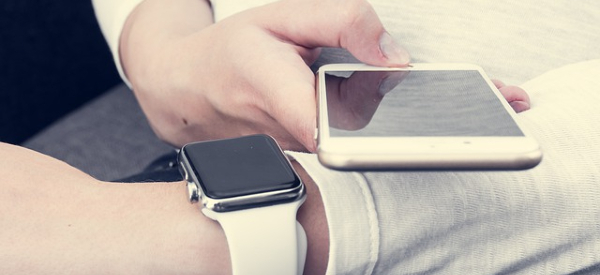
Looking back through the pages of Health Tech Insider, the first reference to remote patient monitoring (RPM) was in a post by Alfred Poor in April, 2015. Alfred wrote about a new sensor for Vital Connect’s HealthPatch wearable sensor. Since 2015, we’ve covered many wearable and connected medical devices for RPM, as well as cloud-based monitoring platforms and artificial intelligence-driven digital health applications. Reactions to COVID-19-related restrictions and closures boosted telemedicine and RPM adoption further and faster than anyone might have expected. Rapid growth in RPM in medicine is the subject of a recent IDTechEx report and business strategy guide, “Remote Patient Monitoring 2023-2033: Technologies, Markets and Opportunities.”
The news release for the new IDTechEx report includes just one number, but it’s a big number. The research firm forecasts “the market for devices and technologies supporting RPM to reach US$45 billion by the year 2033.” If you want to know the quantitative specifics in the report you’ll need to subscribe to the service or buy the report. It won’t cost you a penny, however, to discover IDTechEx’s take on the key technologies, trends, and applications of remote patient monitoring.
On trend with the preponderance of wearable and connected technologies, IDTechEx focuses on applications for major chronic diseases. The report promises to cover the major companies and “key industry drivers” behind RPM technologies such as those that monitor hypertension, heart rhythm, diabetes, movement disorders, and the elderly. The report includes market forecasts for the next 10 years for connected medical devices in 19 product categories. IDTechEx positions the report as a strategy guide for companies that seek to profit from emerging RPM technologies.

